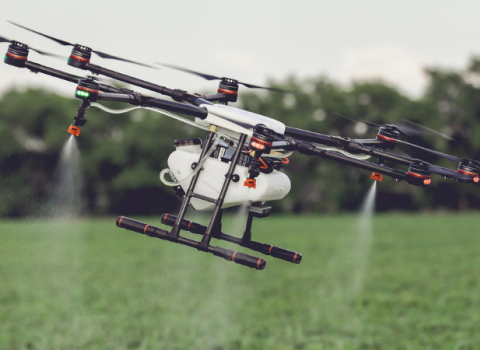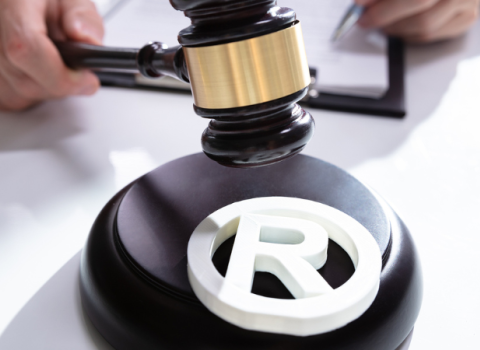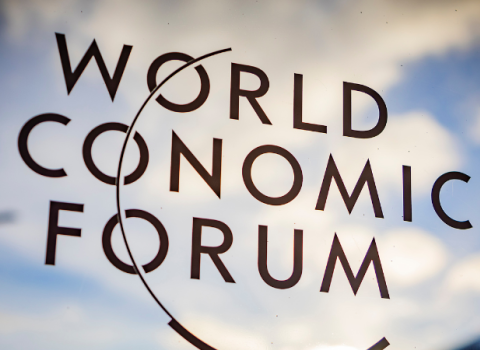Companies, universities and inventors from around the world filed a record number of applications for patents with the European Patent Office (EPO) in 2012, a sign that the European economy remains a strong magnet for innovation-driven companies.
European patent applications also hit record levels. “The growth of filings from European business is a clear indication that industry here has opted to innovate its way out of the economic crisis,” said EPO president Benoît Battistelli, presenting the organisation’s annual results in Brussels on 5 March.
As the global economic crisis gripped in 2009, patent applications at the EPO plunged by 7 per cent. Last year total EPO patent filings not only recovered but also surpassed the previous record in 2008.
Asian companies showed the strongest rise in patent applications last year, but the number of filings from Europe, increased 2.3 per cent in 2012. And European firms lead in eight of the top ten technology fields, including transport, electrical machinery and energy, measurement technology, engines, pumps, turbines (clean energy technologies) pharmaceuticals, biotechnology and organic fine chemistry.
The steepest growth rates in 2012 filings came from China (+11.1 per cent) Korea (9.3 per cent) and Japan (9.1 per cent) – and Samsung overtook Siemens as the No. 1 applicant for European patents. Asked how long it would take for Asia to overtake Europe based on the current trend line, Battistelli said it would theoretically take 15 to 20 years, but that he did not believe in such “long-term extrapolation.”
“I am convinced EU has large capacity to become more and more innovative,” said Battistelli. “And I will make another bet – the EU will stay first in the long run.” Asian and US companies would not be drawn to patent products and processes in Europe if they did not consider the EU as an important innovative market, he argued.
Last year the EPO received a total of 257,744 patent filings from all over the world, a 5.2 per cent increase over 2011. The country that ranked No. 1 in European filings was the US, with 24.6 per cent of the total, followed by Japan (20.1 per cent) Germany (13.3 per cent) and China (7.3 per cent) and Korea (5.6 per cent).
Overall, Battistelli said in an interview with Science|Business, some 25 per cent of EPO patent applications come from small and medium-sized enterprises, a number which government officials expect to grow under the newly agreed European unitary patent. Seven per cent are from scientific or academic institutions and two to three per cent are from individual inventors.
In 2012, medical technology was the field with the most patent applications at the EPO. The US dominated the sector with 42 per cent of applications and Europe ranked second with 38 per cent.
In computers and information technology, US and Asian firms were out in front. The sector with the highest growth rate in filings was digital communications – up more than 20 per cent. Digital communication accounted for 42 per cent of all patent applications originating from China.
But European applicants dominated two of the three fastest-growing patent sectors: electrical machinery, apparatus and energy, and engines pumps and turbines.
The top ten companies ranked by patent filings included four from Europe, four from Asia and two from the US. Siemens and BASF ranked No. 2 and 3 among company applicants, and Robert Bosch ranked No. 6. “European industry has understood what is our comparative advantage” said Bertistelli. “It is….producing more innovative products or producing them in a more innovative way.”
The EPO was founded to strengthen the co-operation between the European states in the fields of patents. Through the EPO's centralised patent granting procedure, inventors are able to obtain patent protection in teh 38 member states of the European Patent Organisation.





 A unique international forum for public research organisations and companies to connect their external engagement with strategic interests around their R&D system.
A unique international forum for public research organisations and companies to connect their external engagement with strategic interests around their R&D system.